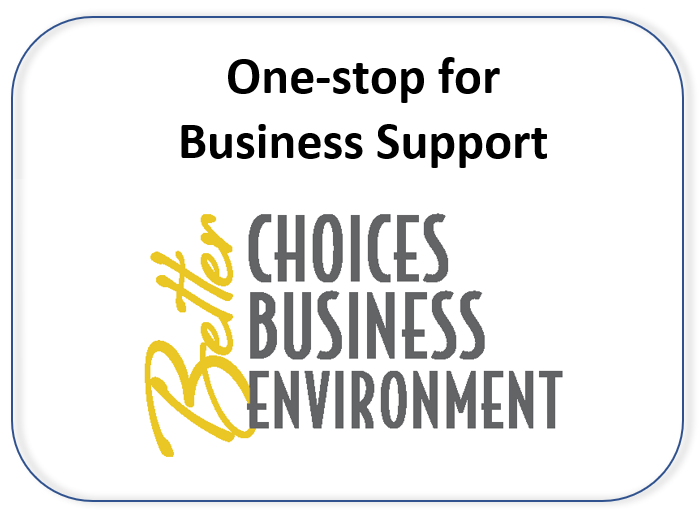Painting and coating
There are a range of environmental regulations that affect facilities with painting and/or coating operations. The following list provides some links to resources for compliance with those regulations.
Air pollution regulations
- State Rules specific to painting and coating are focused on the volatile organic compound (VOC) emissions due to the combined impact of VOC and other pollutants on ground level ozone and its health impacts. The Air Management Program has webpages with information on ozone and the VOC RACT rule development.
- Adhesives RACT Rule (AM-409)
- Miscellaneous Metal Parts and Product Coating RACT (AM-456); Example Compliance Certification Form for MMP RACT Part 2 (SB-139)
- Plastic Parts Coating RACT (AM-466); Example Compliance Certification Form for Plastic Parts RACT Part 2 (SB-149)
- VOC RACT Rules in Specific Industries (AM-414)
- Printing, Coating, and Dyeing of Fabrics and Other Textiles (AM-441)
- Aerospace Manufacturing and Rework Industry MACT (AM-410)
- Industrial Solvent Cleaning Operations RACT Part 1 and 2 (AM-447)
- Calculation examples:
- Monthly VOC Emissions, 12-month Averaging (SB-306) [XLSX]
- Daily VOC Emissions, Monthly Average (SB-307) [XLSX]
- Actual Emissions of VOCs, PM, and HAPs from Coatings for permitting thresholds, SB-312 [XLSX]
- Maximum Theoretical Emissions of VOCs, PM and HAPs from Coatings for permitting thresholds, SB-313 [XLSX]
- EPA area source rule for paint stripping and miscellaneous surface coating
- National Emission Standards for Hazardous Air Pollutants: Paint Stripping and Miscellaneous Surface Coating Operations at Area Sources final rule
- Area Source Rule for Paint Stripping and Miscellaneous Surface Coating Operations (SB-105)
- Appendix A: Requirements for Paint Stripping Operations (SB-106)
- Appendix B: Requirements for Motor Vehicle and Mobile Equipment Surface Coating Operations (SB-107)
- Appendix C: Requirements for Miscellaneous Surface Coating Operations (Plastic and/or Metal Parts Coating) (SB-108)
- WI Notification forms for EPA area source rule:
- Initial Notification/Notification of Compliance Status Report for Paint Stripping and Miscellaneous Surface Coating Facilities (SB-125)
- Initial Notification/Notification of Compliance Status Report for Paint Stripping and Miscellaneous Surface Coating Facilities Instructions (SB-125-A)
- Notification of Compliance Status for Paint Stripping and Miscellaneous Surface Coating Operations (R5ERP Notification of Compliance Status for 6H (SB-528) [DOC]
- Notification of Changes Report for Paint Stripping and Miscellaneous Surface Coating Operations (SB-536) [DOC]
Waste regulations
- Unused paints and related cleaning solvents are often considered hazardous waste. Before disposing of any unused paint or solvent, it is important to review whether the material is hazardous and then properly manage the waste going forward. Start with the SBEAP's hazardous waste page and learn more about hazardous waste management.
- Review the publication on Spray Painting and Coating Operations (WA-299) for specific waste management issues.
- If you clean up with wipes or rags, be sure to follow the latest procedures outlined in the DNR Waste Program's fact sheet Management of Solvent-Contaminated Wipes (WA-1207)
- If you reuse solvents, there are important policy issues to understand:
- If you continue to reuse a solvent after the initial use: Hazardous Waste Program Policy on Continued Use (WA-1594)
Wastewater regulations
- Small industrial sources using paints and solvents should check with their local wastewater treatment plant or sewerage district about disposal of any industrial materials. They will have limits on what contaminants can be sent to the sewer. You may need to pre-treat your wastewater discharge before sending it to the treatment plant. Review the requirements starting on the DNR's wastewater page.
- Small industrial sources may also have to comply with a storm water discharge permit or certify that they are not a source of exposure to storm water contamination. Review the storm water runoff permits for more details.
| Additional resources |
|---|

